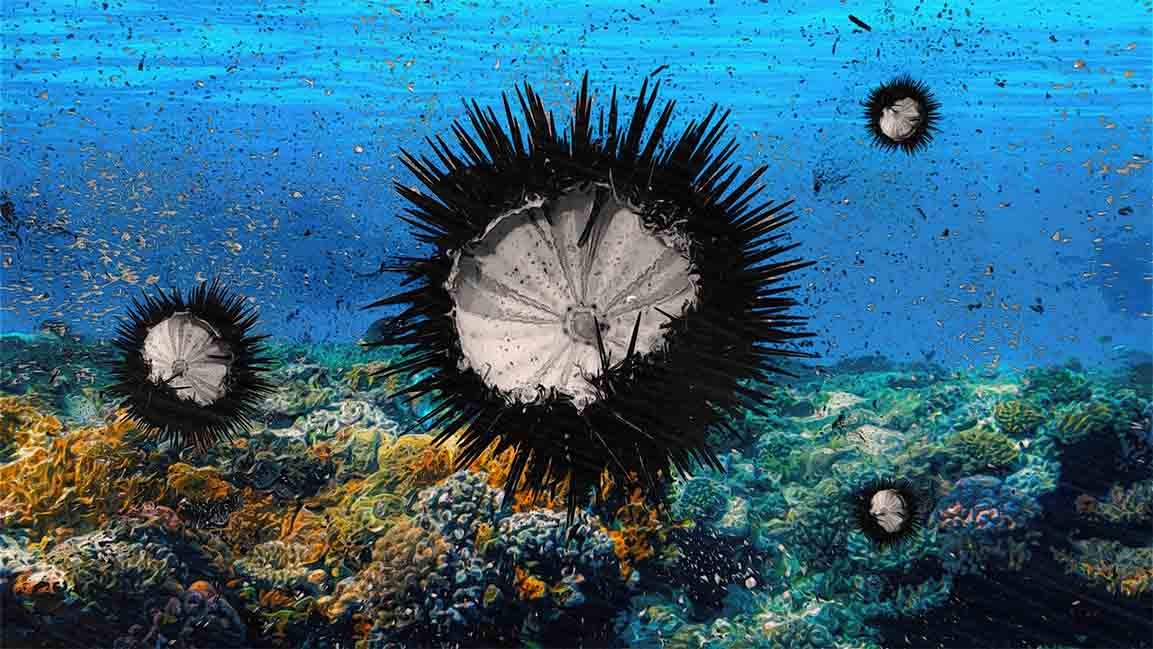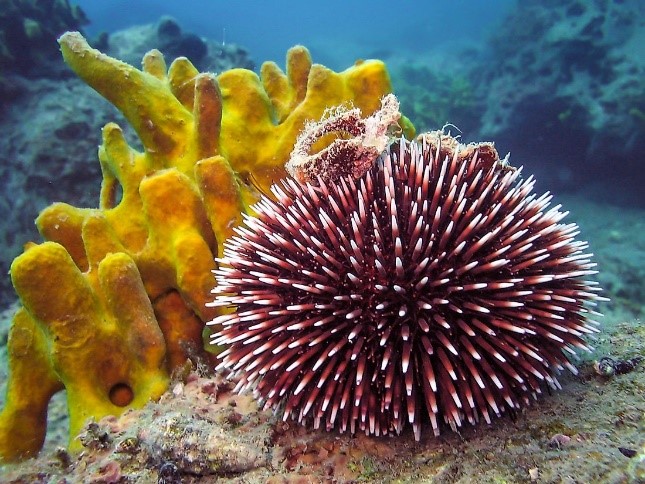





Disclaimer: Copyright infringement not intended.
Context
Red Sea Coral Reefs
Characteristics of Red Sea Coral Reefs
Sea Urchins

|
PRACTICE QUESTION Q. Consider the following statements. 1.Red Sea corals have developed an unusually high tolerance to the extreme temperatures, salinity, and occasional turbidity that occur in the region. 2.Red Sea reefs are not heavily impacted by the suspension and dissipation of fine sediments that plague reefs in tropical oceans near large land masses. 3.Sea urchins are members of the phylum Echinodermata, which also includes sea stars, sea cucumbers, sand dollars, brittle stars, and crinoids. 4.Red Sea coral reefs are generally healthy and there is usually minimal coral bleaching evident here. How many of the above are correct? A) Only 1 B) Only 2 C) Only 3 D) All Four Answer: D) All Four |







© 2025 iasgyan. All right reserved